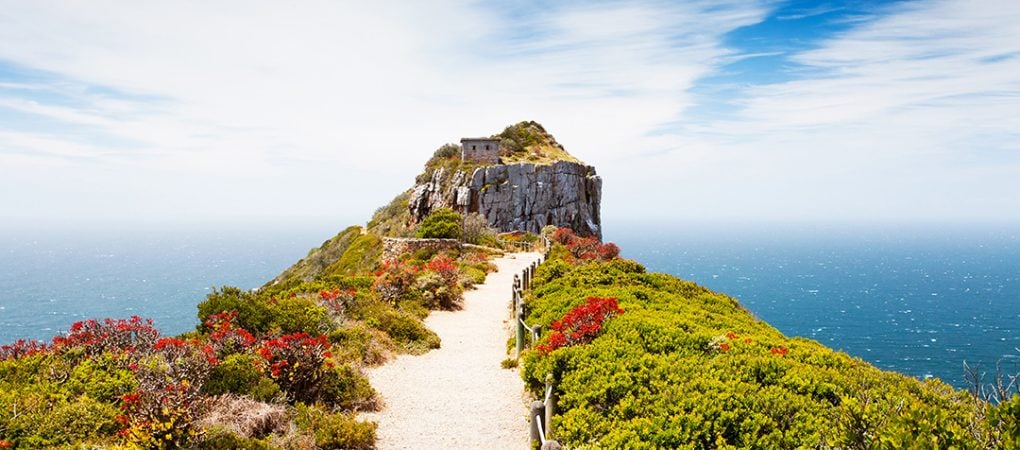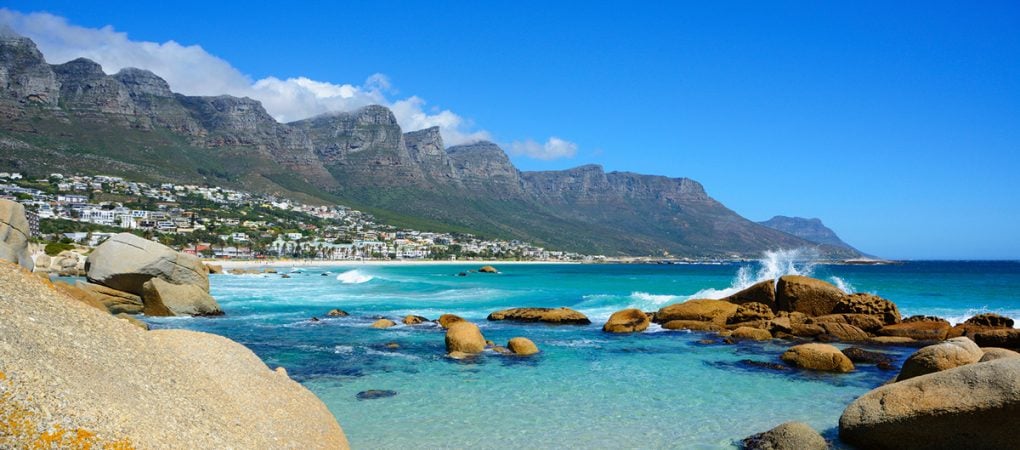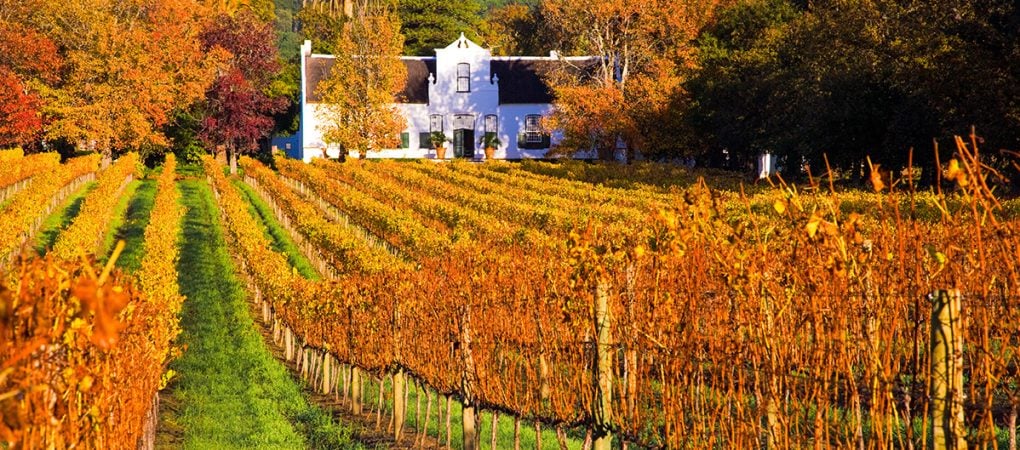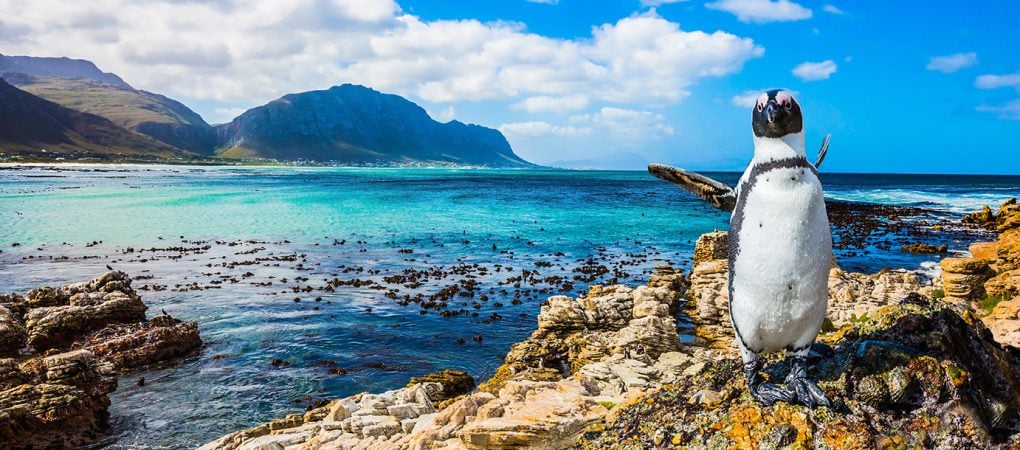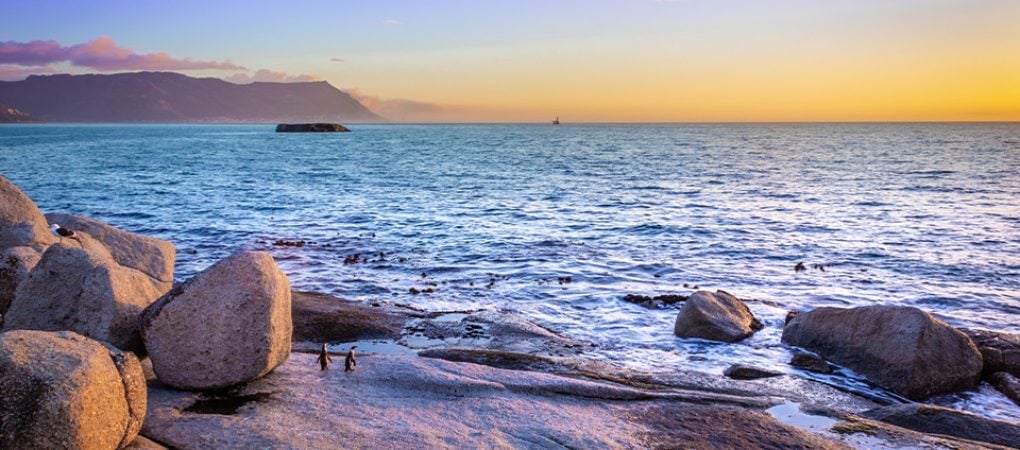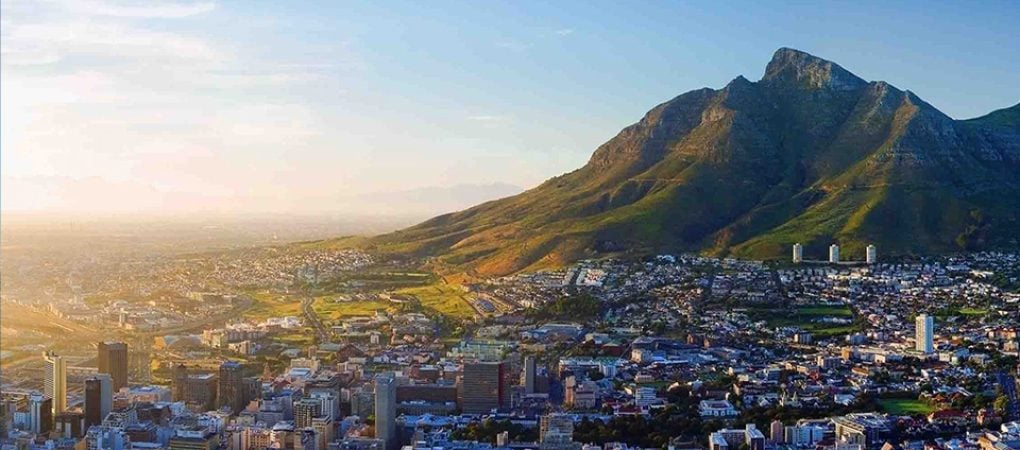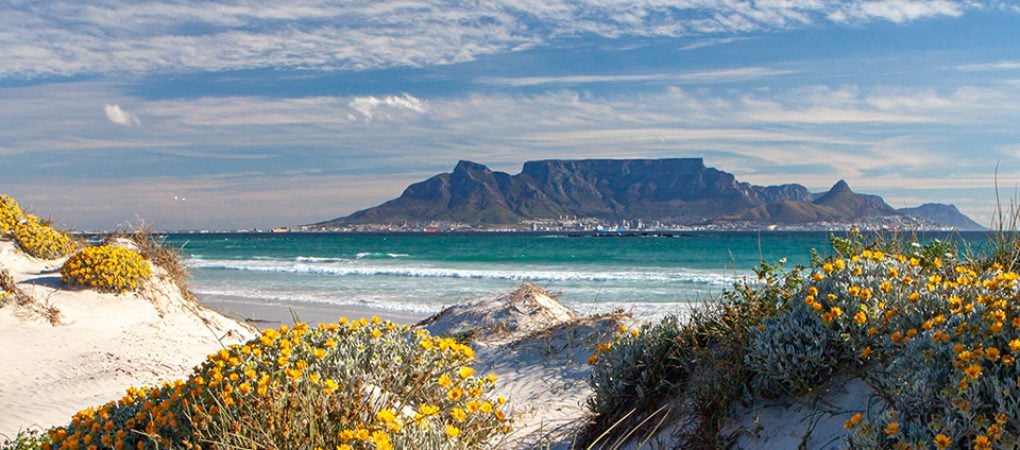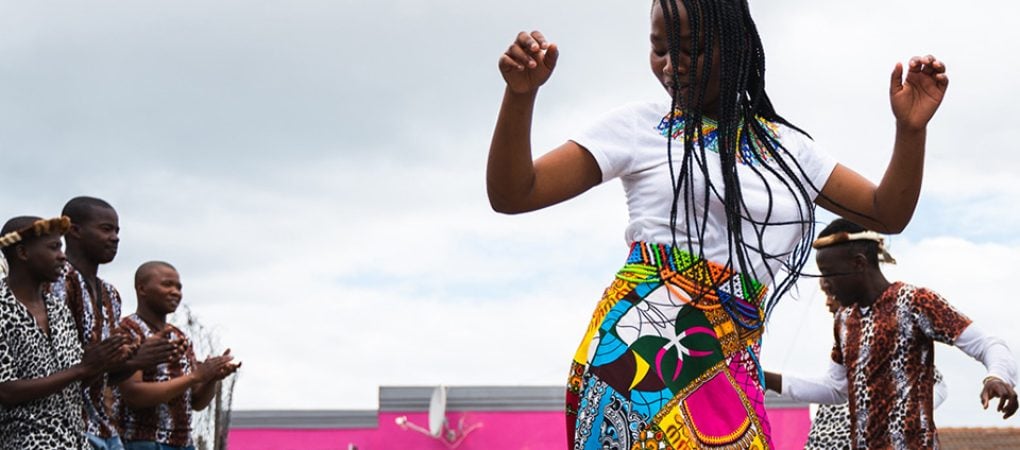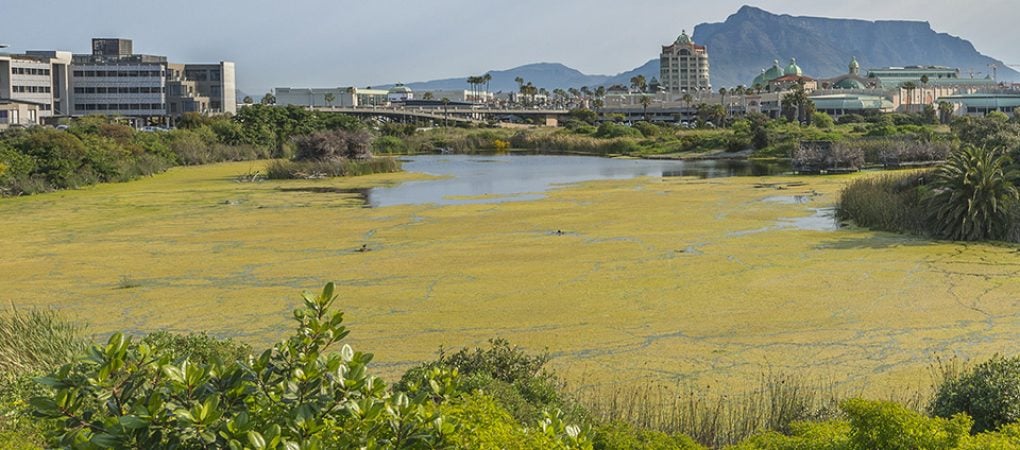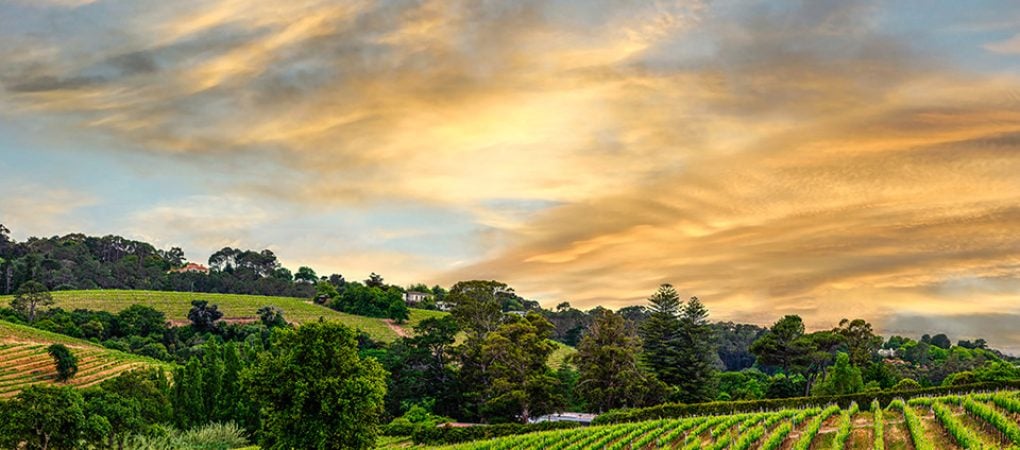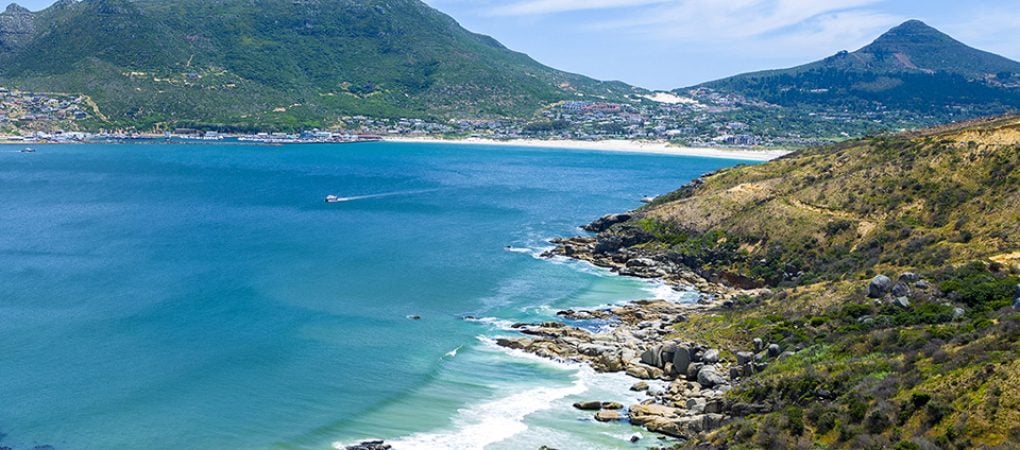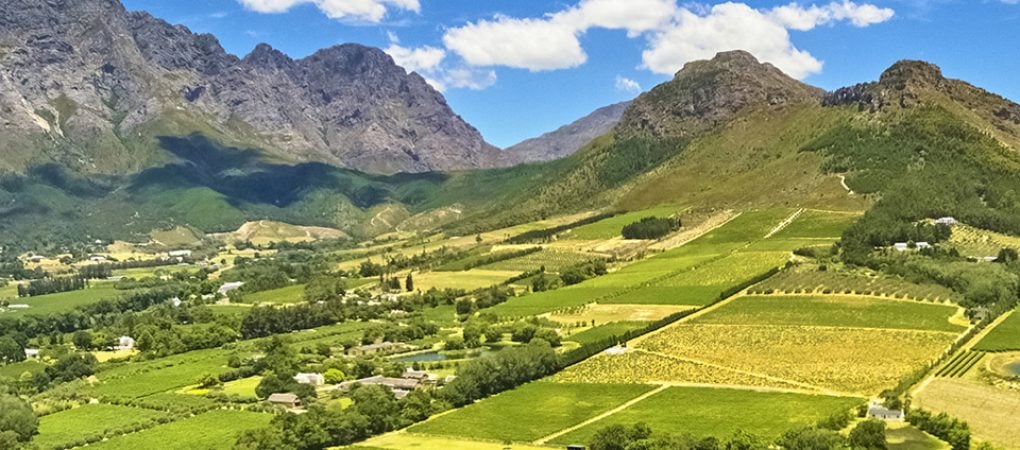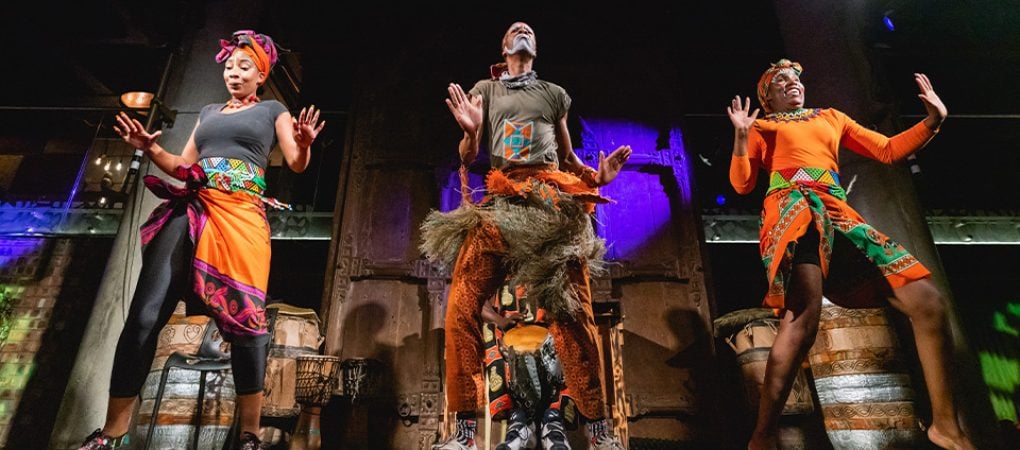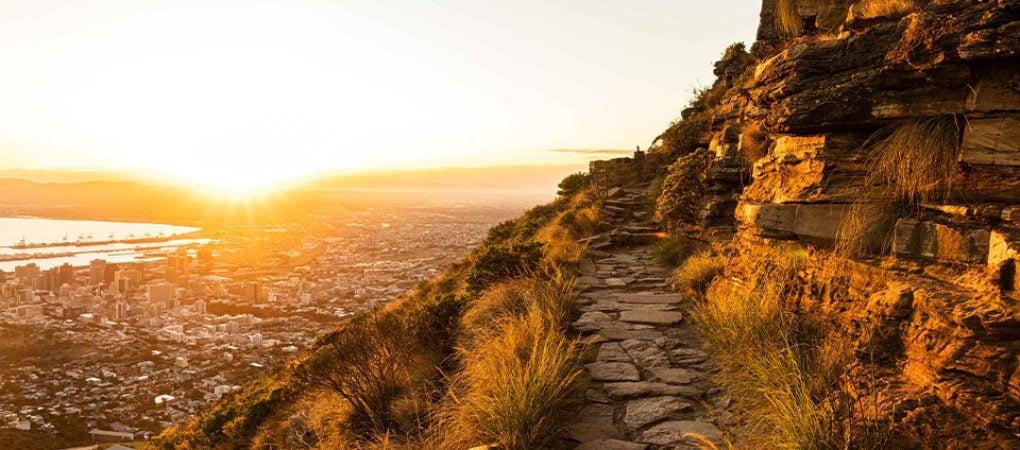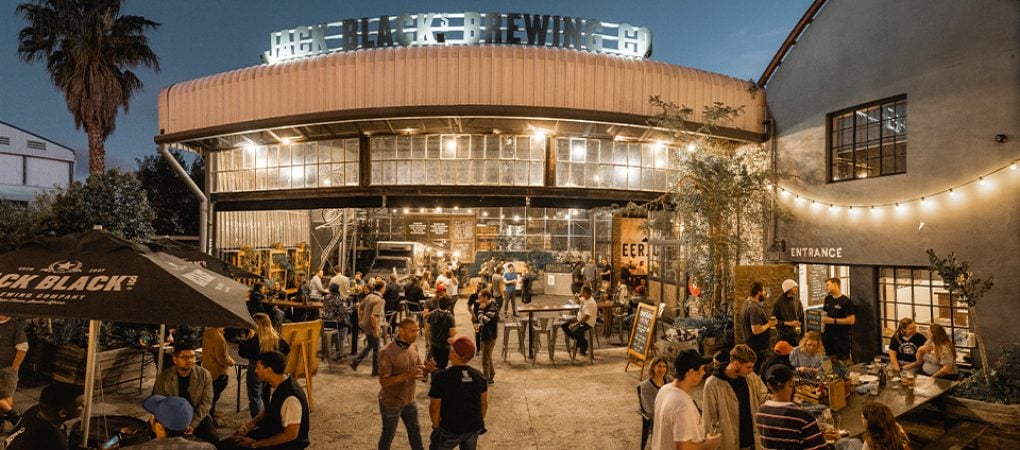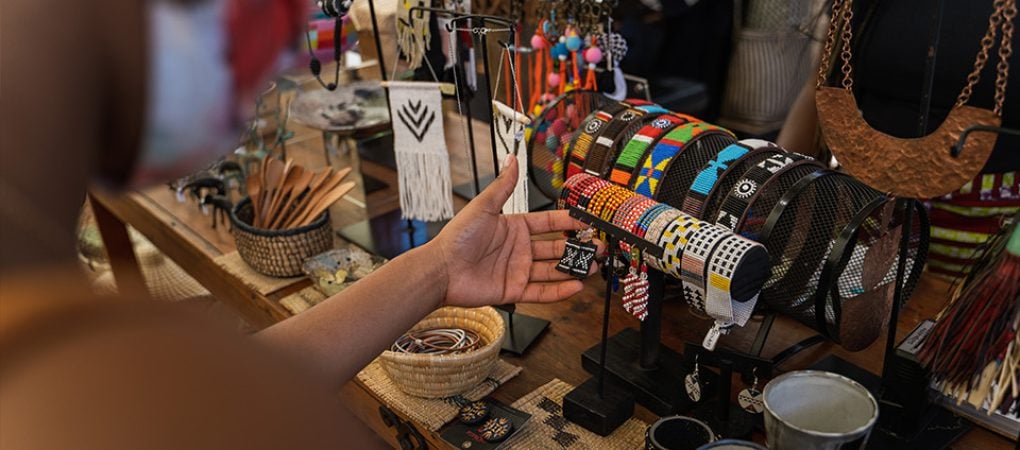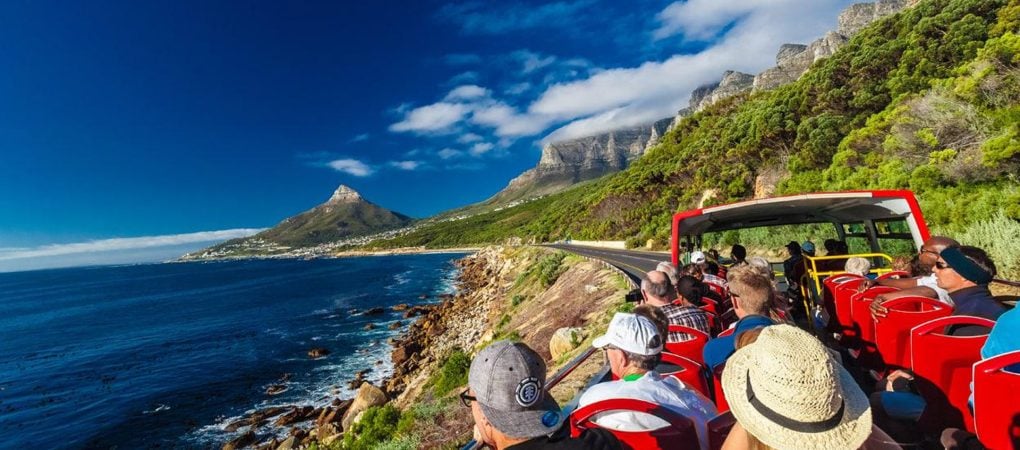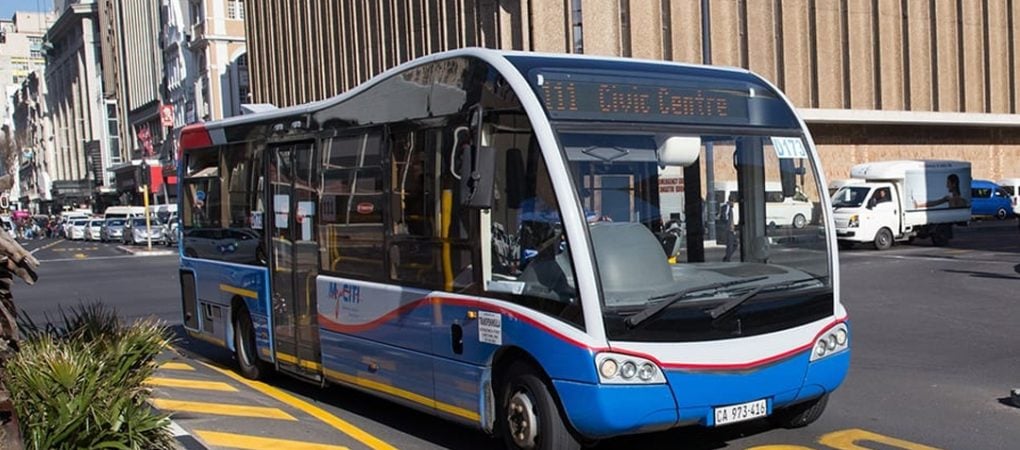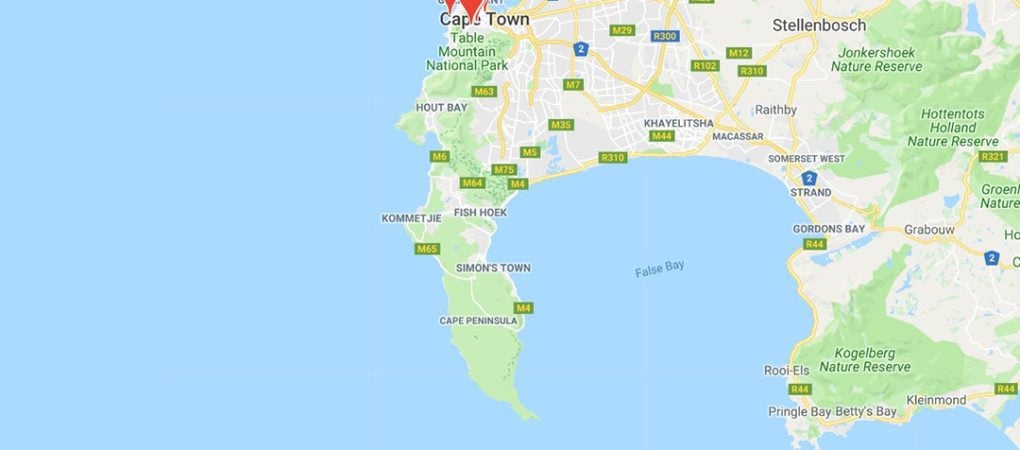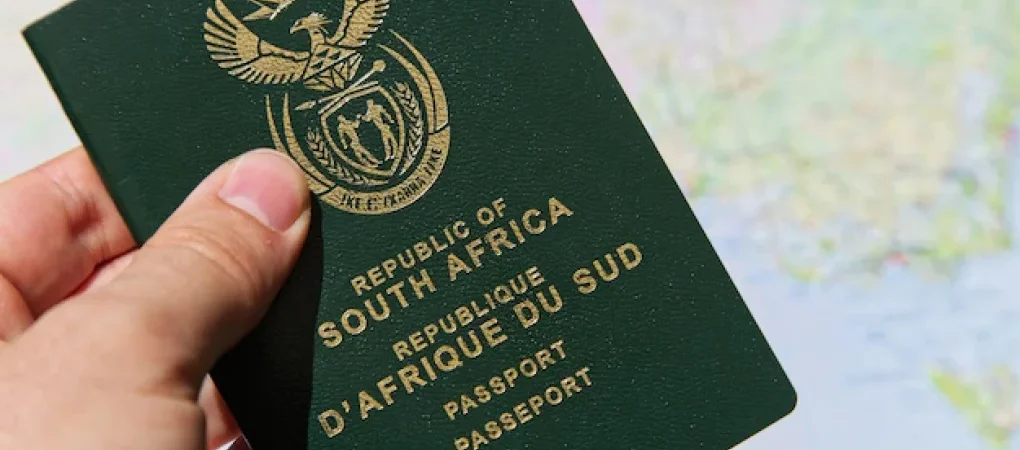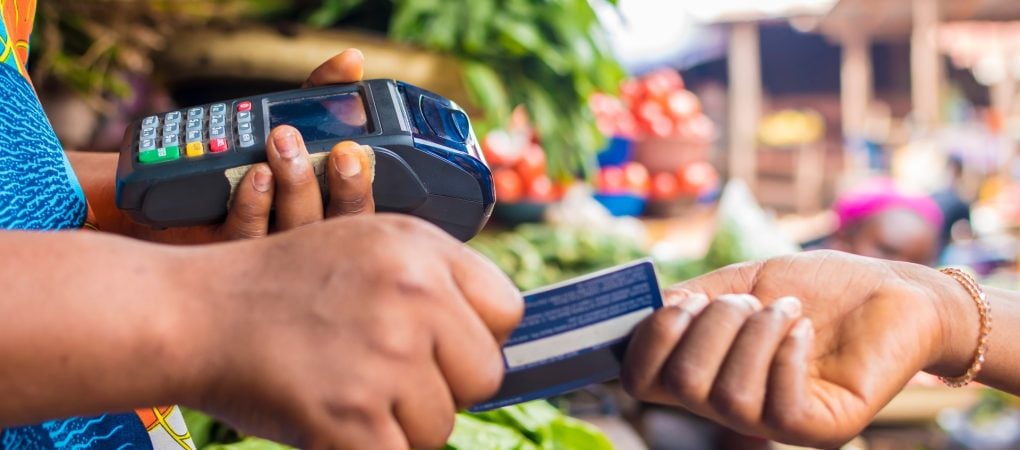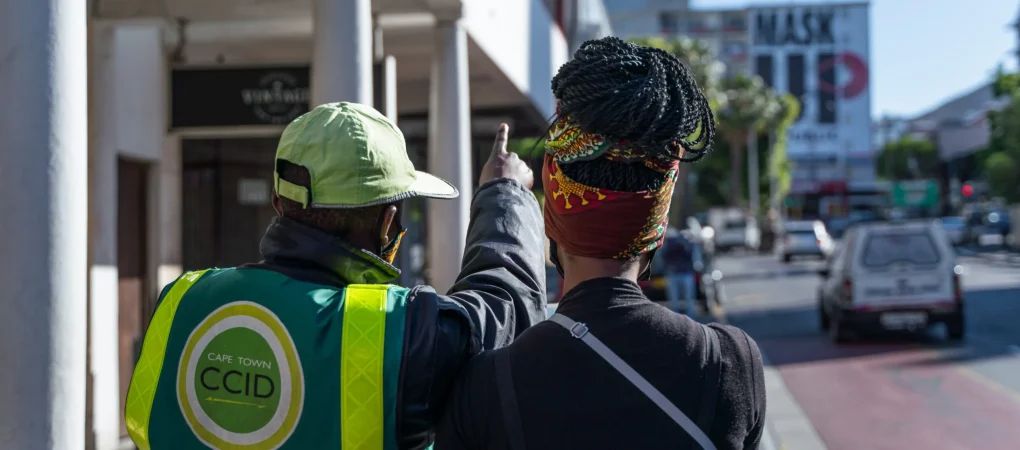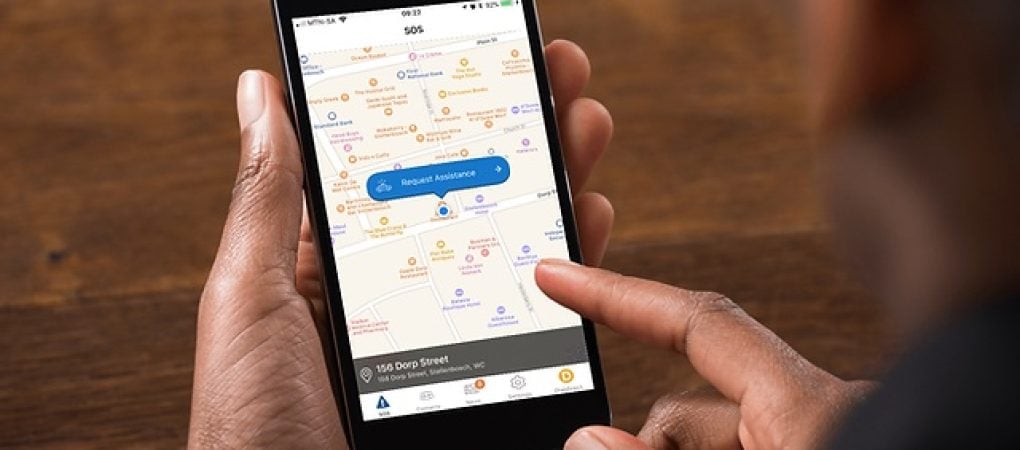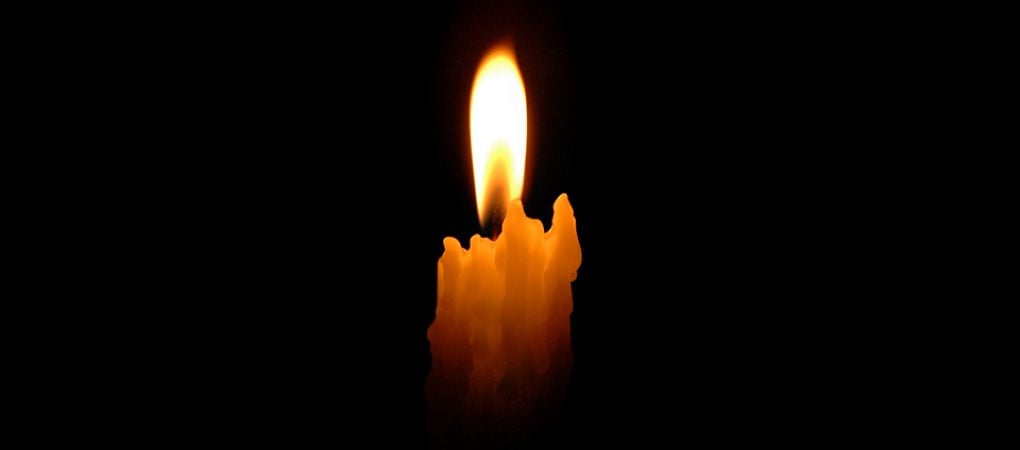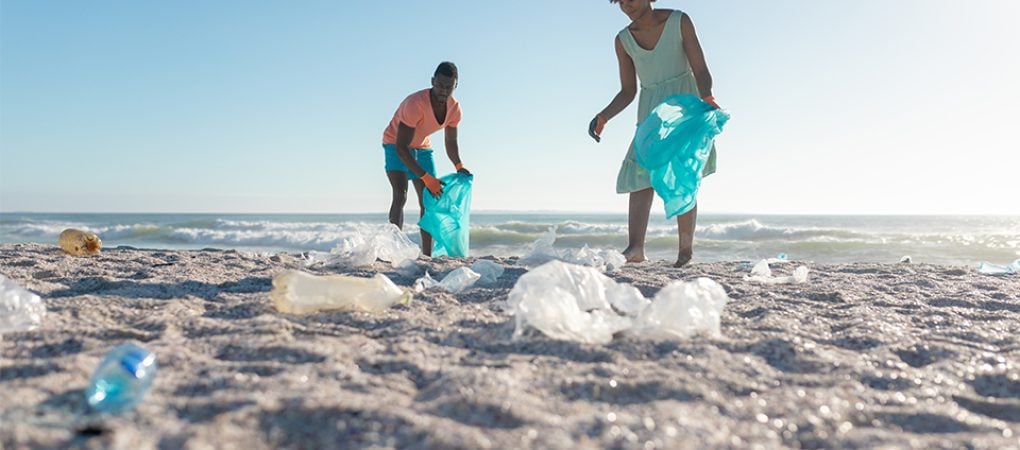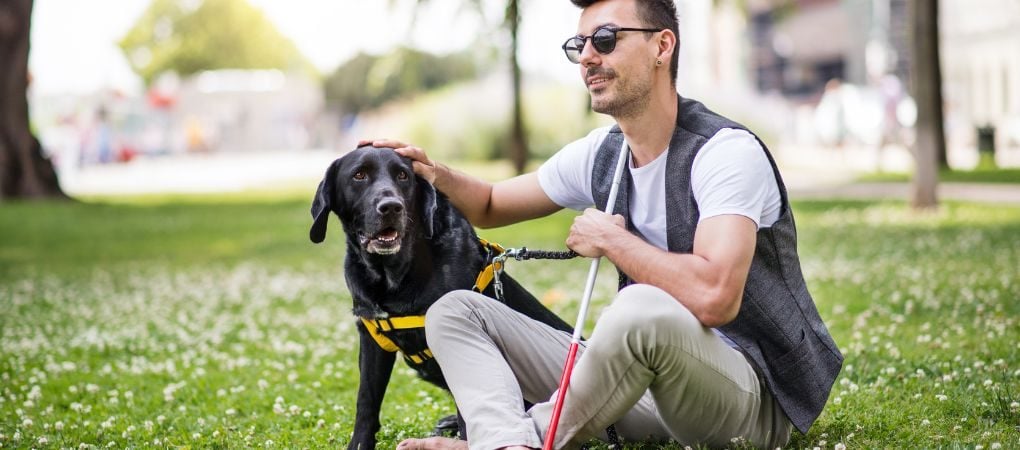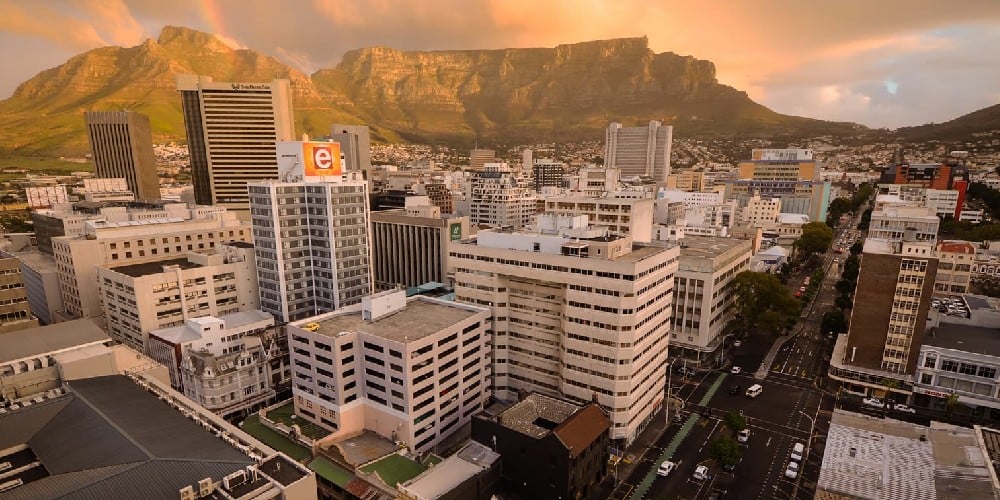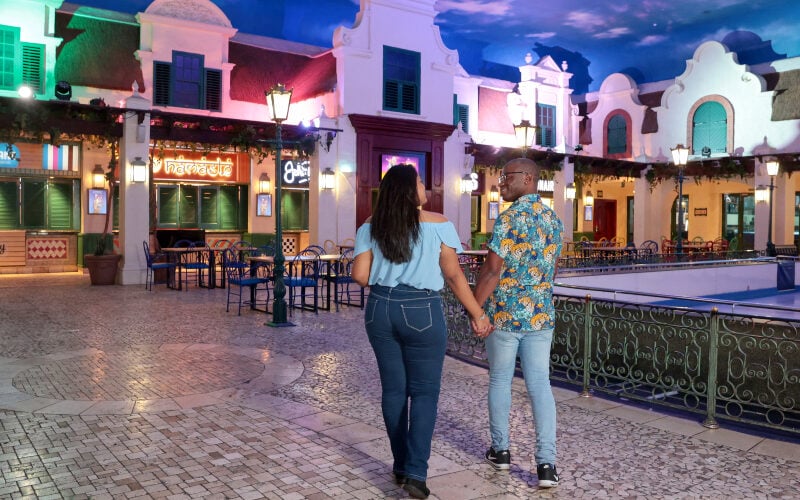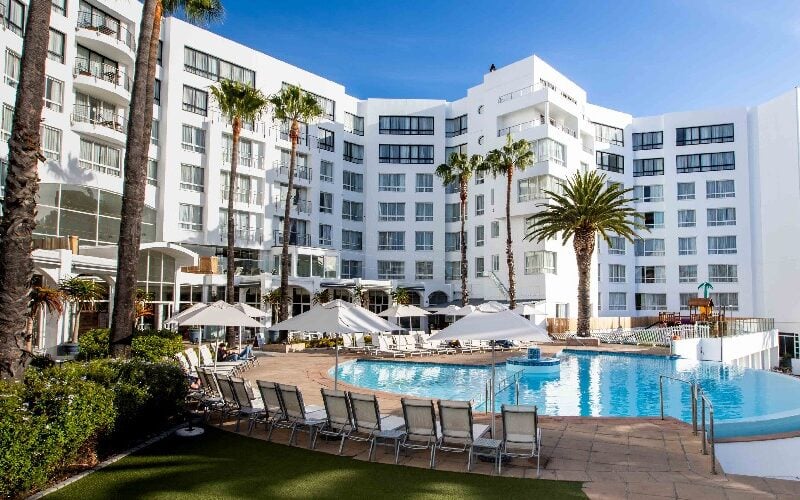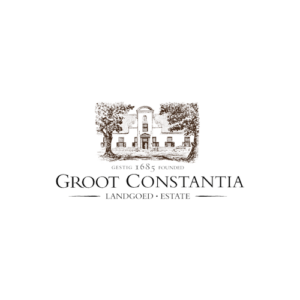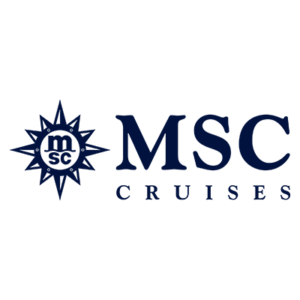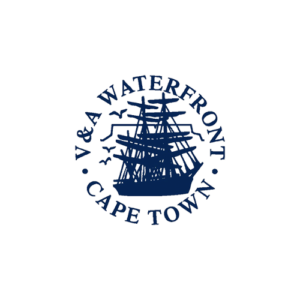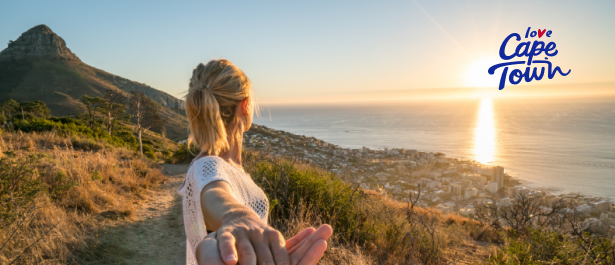Cape Town is one of South Africa’s most historically important cities. It was here, in the Mother City, where the first European colonists set foot in South Africa – which also marked the beginning of the South African slave trade. It was home to perhaps the world’s most famous political prisoner – Nelson Mandela – who was held on the tiny Robben Island in Table Bay.
Here are a few of the landmark historical moments that make Cape Town the place it is today.
Table Mountain Rose From The Sea
Roughly 300 million years ago, during the Karoo Ice Age, Table Mountain wasn’t a mountain at all. It was at sea level—but what lay beneath was layers of sandstone set atop a granite base. Pressure from the underlying magma worked with the ice to harden the top layer, leaving the iconic flat slab we see today.
As the continents tore apart and collided, the city’s famous landmark was gradually forced to rise and it now stands a kilometre tall overlooking the bay.
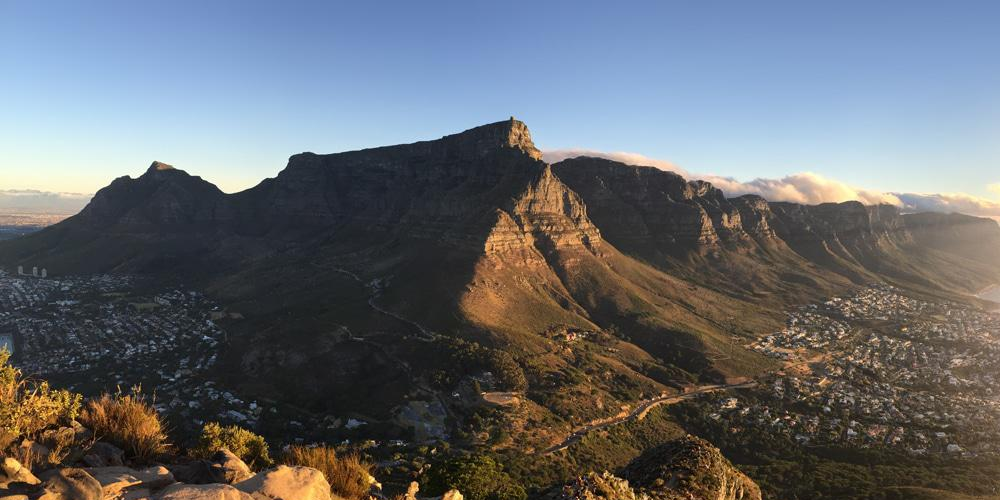
Up-Up-Up The Mountain
Would you believe the Table Mountain Aerial Cableway is nearly a century old? Before then, the only way up the mountain was by foot and only the most adventurous—or foolhardy—had been to its summit. On 4 October 1929, after two years of difficult and dangerous work, the first Cable Car chugged its way to the top filled with excited and probably very nervous visitors. It’s been upgraded a number of times since, and today the trip to the top is smooth sailing.
The Original Capetonians
Table Mountain and the surrounding area was home to the Khoisan people long before the first Europeans arrived. They called the city //Hui !Gaeb, and they were skilled and industrious people with an unmatched knowledge of the local fauna and flora. They also gave Table Mountain its first name: Hoerikwaggo, or “Mountain in the sea”.
European Settlement
It was the Portuguese explorer Bartolomeu Dias who became the first European to set eyes on what is now Cape Town after he rounded the Cape by ship in the late 1400s. But the Dutch colonist Jan van Riebeeck became the first European to set foot on its soil in 1652. He was sent by the Dutch East India Company (VOC) to establish a supply station for ships on their way from Europe to India.
The Slave Trade and its Cultural Melting Pot
Shortly after Van Riebeeck established the supply station, the VOC brought slaves from Singapore, Malaysia, and Indonesia to work on the farms that supplied the fruit and vegetables to passing ships. This brought the Islamic faith to our sunny shores, along with the delectable Cape Malay cuisine.
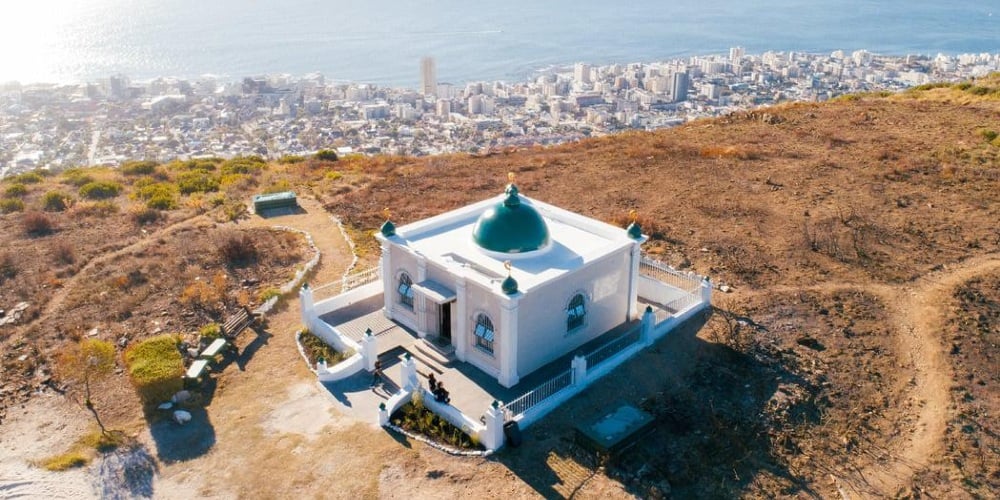
Colonial Ping Pong
Since it was first colonised in 1652, Cape Town was tossed back and forth between two of the greatest colonial powers of the time, the British and the Dutch. The Dutch were in charge for the first century and a half after colonisation. Britain took over in 1795, only to lose the colony to the Dutch in 1803. Another three years passed before the Cape was back in British hands, where it stayed for the next century and a bit.
Finally, in the early 1900s, South Africa was granted independence, but it was another 90 years before the first democratic elections took place.
The Noon Gun
One of the oldest traditions in Cape Town is still alive and well, startling visitors at precisely midday—every day. An old cannon at the top of Signal Hill is fired off, sending a resounding boom around the CBD. It was originally meant to announce approaching ships, to let traders know it was time to haul their wares down to the harbour. The gun has gone off since 1806, and a second gun is always prepared in case of a misfire.
Rumour has it the gun only failed once in those two centuries—because a spider interfered with the remote signal.
Forced Removal, Triumphant Return
The once bustling creative hub of District Six, on the outskirts of the city, became famous for all the wrong reasons. During the 1970s the then apartheid government forcibly removed more than 60,000 residents to other areas outside the ‘white’ city limits, and demolished the houses that made up the bustling neighbourhood.
However, in 1990, just two blocks from District 6 and the CBD, Nelson Mandela made his first public speech since being released from prison on Robben Island, from the balcony of Cape Town’s City Hall.
